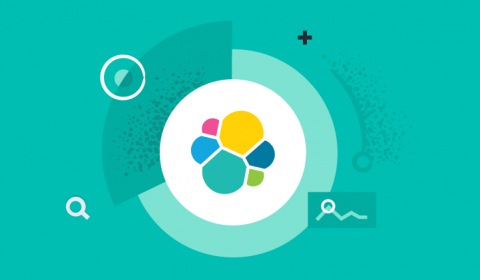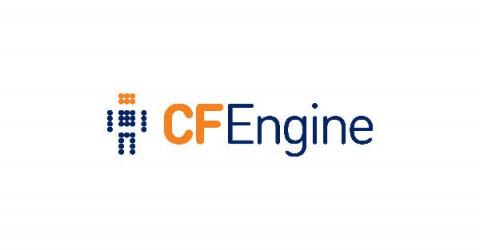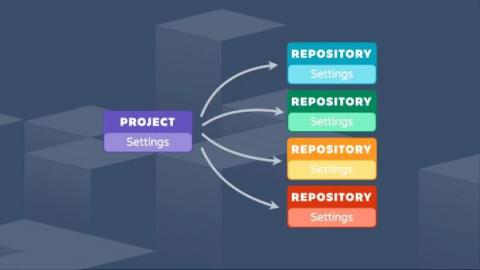Operations | Monitoring | ITSM | DevOps | Cloud
Latest News
From eBPF to CI/CD: 12 emerging trends in observability
As businesses accelerate digital transformations and cloud adoption to better serve customers and employees in the face of the global pandemic, operational complexity has also mounted. To untangle these complexities and enable executive visibility into IT ecosystem , business leaders are increasingly looking to observability solutions as a strategic investment.
CFEngine bootstrap with Ansible
CFEngine and Ansible are two complementary infrastructure management tools. Findings from our analysis show that they can be combined and used side by side with joint forces to handle all areas in the best possible way. Part of infrastructure management is hosts deployment, either when building a brand new infrastructure or when growing one by adding new hosts.
Project Settings are now available in Bitbucket Cloud!
Design Considerations for Software Distribution to Edge & IoT Applications
Optimize your resource classes with the CircleCI resources dashboard
CircleCI cloud offers over 20 resource classes (varying CPU and RAM) across multiple execution environments. Finding the best resource class size for your job — not too big and not too small — can sometimes be a challenge. But now, you can view CPU and RAM usage for Docker executors within the UI. The new dashboard, found in the new Resources tab on the job details page, displays the CPU and RAM, for all parallel runs in your Docker job.
Let's talk engineering; building software by building community
For the past three years, I have been running and facilitating a community where folks from all levels and departments at CircleCI can come together to discuss diverse topics. We call it “Let’s Talk Engineering.” Some of the topics we’ve covered have been technical in nature, while others have focused more on leadership: how different teams operate, personal growth, and writing to name a few. Let’s Talk Engineering celebrates interdisciplinarity and multidisciplinarity.
Introducing Codefresh Software Delivery Platform, Powered by Argo
Delivering new software is the single most important function of businesses trying to compete today. Many companies get stuck with flaky scripting, manual interventions, complex processes, and large unreliable tool stacks across diverse infrastructure. Software teams are left scrambling to understand their software supply chain and discover the root cause of failures. It’s time for a new approach.
Using GitOps, Multiple Argo Instances, and Environments with Argo CD at Scale
As open-source software evolves and grows, it’s important that organizations, both large and small, can scale to keep up with their end user’s needs. At Codefresh, we are announcing a new release of our platform, Codefresh Software Delivery Platform, powered by Argo (CSDP) which delivers a scalable deployment management platform with Argo. Some of the major new features include the following support: These are some of the major new features in Codefresh’s new platform.
Using Codefresh Workflows for GitOps deployments
One of the major components of the Codefresh Software Delivery Platform is the Workflows capability that allows you to define any kind of software process for creating artifacts, running unit tests, running security scans, and all other actions that are typically used in Continuous Integration (CI). At first glance, Codefresh Workflows might look like the typical pipelines that you would find in any popular CI product but if you look under the hood you will realize looks can be deceiving.









